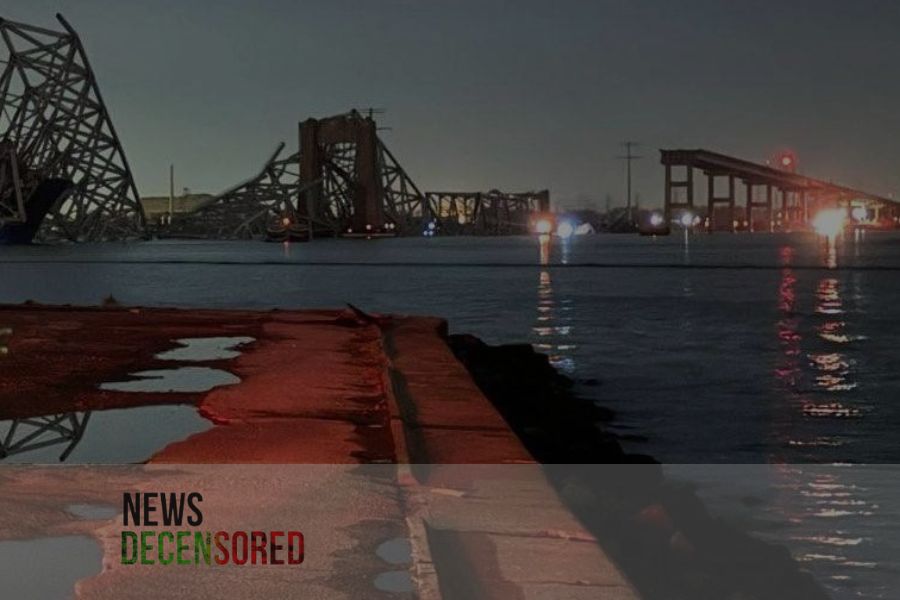A string of recent incidents – a bridge collapse in Baltimore, a bridge sliced in half in China, and a bridge section ripped from a ship in Argentina – has cast a spotlight on a critical issue: the vulnerability of aging bridges in the face of ever-larger commercial vessels.
These incidents, within just the first three months of 2024, highlight the urgent need to address the gap between our aging infrastructure and the demands of modern maritime traffic. The human cost is stark – at least five lives lost in China and six people still missing in Baltimore.
The Baltimore collapse, where a massive container ship lost power and rammed into the Francis Scott Key Bridge, serves as a stark example. “This bridge was built 50 years ago, and the ships at the time were a fraction of the size” of the one that crashed, points out Sal Mercogliano, a maritime expert. “We have infrastructure that was built for another time,” he adds.
Similar incidents in China and Argentina raise questions about the specific causes behind each. The China bridge collapse, where a cargo ship slammed into the Lixinsha Bridge, showed the vessel hitting the bridge itself, suggesting potential human error or inadequate river depth for such large ships.
However, the Baltimore case presents a different scenario. Here, the wide channel and bridge height should have accommodated the large vessel. The ship, instead, struck the bridge pier, a critical support structure. Bridge piers, according to Bassem Andrawes, a structural engineering professor, are the weakest points and can lead to catastrophic failure upon impact.
There are solutions – additional underwater structures like bumpers can deflect errant ships, while “dolphins” (structures rooted in the seabed) can offer further protection. Bridges themselves can be built with redundancies to withstand damage to individual elements.
However, the effectiveness of these measures is limited against massive cargo ships, as evidenced by the Baltimore collapse. Modern preventive measures simply weren’t designed to stop such large vessels.
The bigger challenge lies in addressing the shortcomings of older bridges built for a bygone era. While newer bridges, especially those over wide waterways, may have additional protection, countless bridges in smaller channels or developing countries lack these safeguards.
Upgrading infrastructure is critical, as Jerome Hajjar, president of the Structural Engineering Institute, emphasizes. “Investing in infrastructure is critical for the public good, and it’s critical to address those aging infrastructure projects.” This investment needs to not only address existing deficiencies but also consider advancements in technology, keeping pace with developments in shipping and ports.
The recent $1.2 trillion infrastructure bill in the US, while a welcome step, falls far short of the estimated $4.5 trillion needed to bring American infrastructure to an acceptable level of safety and efficiency. “Are we still going to do the same old thing in 20, 30, 40 years?” Andrawes asks. “We can’t expect different outcomes if we don’t change course.”
The recent bridge disasters serve as a grim reminder of the consequences of neglecting infrastructure. Modernizing bridges and investing in advancements are crucial steps to prevent future tragedies and ensure the smooth flow of maritime commerce.















